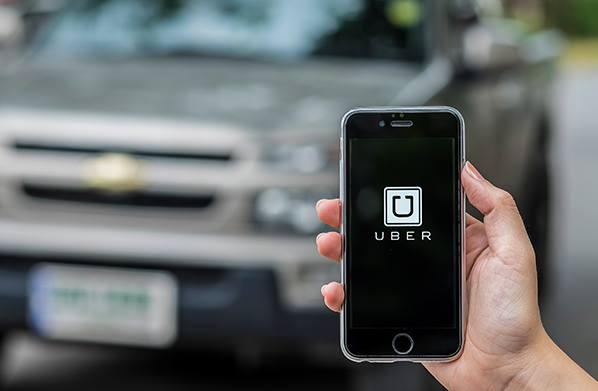Uber has run into a head-on collision with San Francisco motor vehicle regulators with their new self-driving cars,and it’s not a pretty scene.
Earlier this week, Uber, the ride-sharing company where drivers give lifts to random passengers, invited passengers to take trips in autonomous vehicles throughout the city. The self-driving cars have been test-driving on the streets for the past few months as they have in Pittsburgh, but now anyone in San Francisco who hails an UberX might find themselves in the backseat of a luxury, Volvo that drives itself. Uber launched a small fleet of self-driving vehicles with an Uber employee stationed in the front seats, but it’s hands off the wheel for them unless they need to intervene for some reason.
One tech writer described the experienced:
As I wrote last September when Uber launched its first self-driving service in Pittsburgh, the experience was equal parts thrilling and mundane: thrilling because of the implications for the future of transportation, and mundane because it was like driving with your overly cautious grandmother.
California wasn’t nearly as star struck. The state has ordered Uber to stop its autonomous pick-up service until it gets a permit, saying in a letter:
“It is illegal for the company to operate its self-driving vehicles on public roads until it receives an autonomous vehicle testing permit,” Brian G. Soublet, deputy director of California’s Department of Motor Vehicles, said in a letter to Uber. “Any action by Uber to continue the operation of vehicles equipped with autonomous technology on public streets in California must cease until Uber complies.”
The state has tried to lead with regulations on autonomous technology by requiring that any companies wishing to test self-driving technology must get its permission. So far, 20 companies including Ford, Honda, Google, Mercedes Benz, Tesla, and Volkswagen are approved by the DMV, but Uber is not one of them – nor do they have plans to be.
Uber has been defiant, maintaining that its cars are not fully self-driving since a person is seated in the driver’s seat at all times. They explain to TechCrunch:
“It seems to me from my reading of the law that while this [permit pertains to the] concept of an autonomous vehicle, there’s a human in it [in Uber’s case],” Uber advisor and shareholder Bradley Tusk told TechCrunch in an interview. “Beyond that, to take a bit of the excitement out of it, Uber often does something innovative and new, regulators don’t quite comprehend it at first, then it gets worked out.”
The big question is the role of regulation in technology. Should companies that innovate and develop a new product get permission from the government before it can test and deliver it to consumers? Imagine Benjamin Franklin soliciting permission from the government to test his theories about electricity and lightening or creating the lightning rods that attracted the lightening and channeled it to the group leaving houses undamaged.
We can’t ignore that overseeing our roads is the domain of state government and that public safety is an important goal. However, we have to balance that with a free market that requires creative destruction and innovation to thrive. Forcing innovators to seek the blessing of regulators before they develop new products slows the development of products and services and leads to fewer options, less quality, and higher prices for consumers. Constant development allows for innovators to get rid of what doesn’t work and improve on what does, but regulations that often can’t keep up with the pace of innovation on create stumbling blocks and stall innovation.
Whether it's Uber or any other company that is using technology to change how we live, work, and operate, regulations for the sake of unnecessary regulations is counterproductive.


